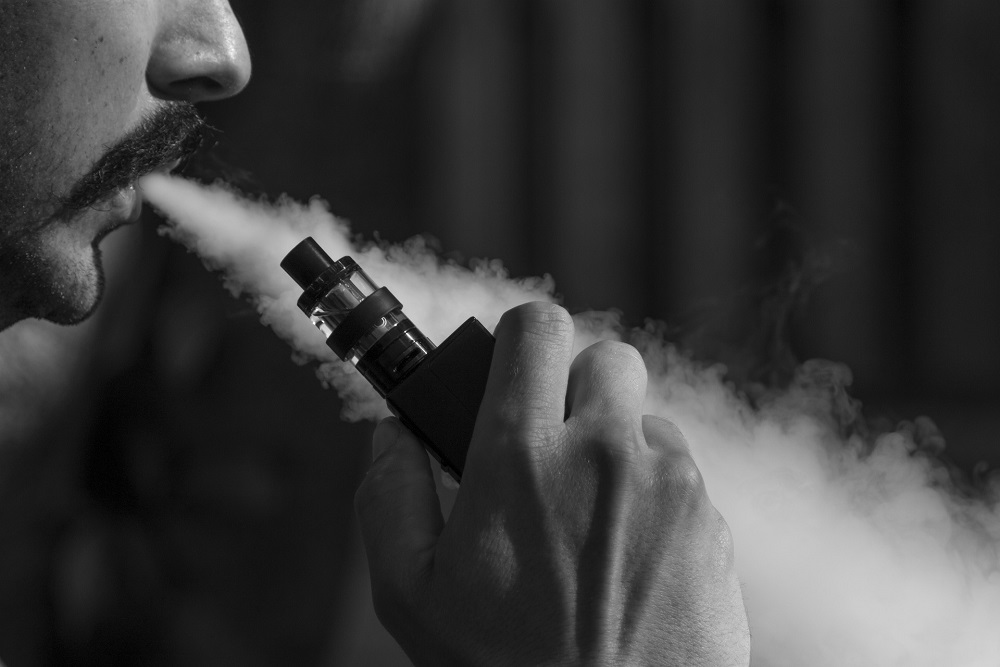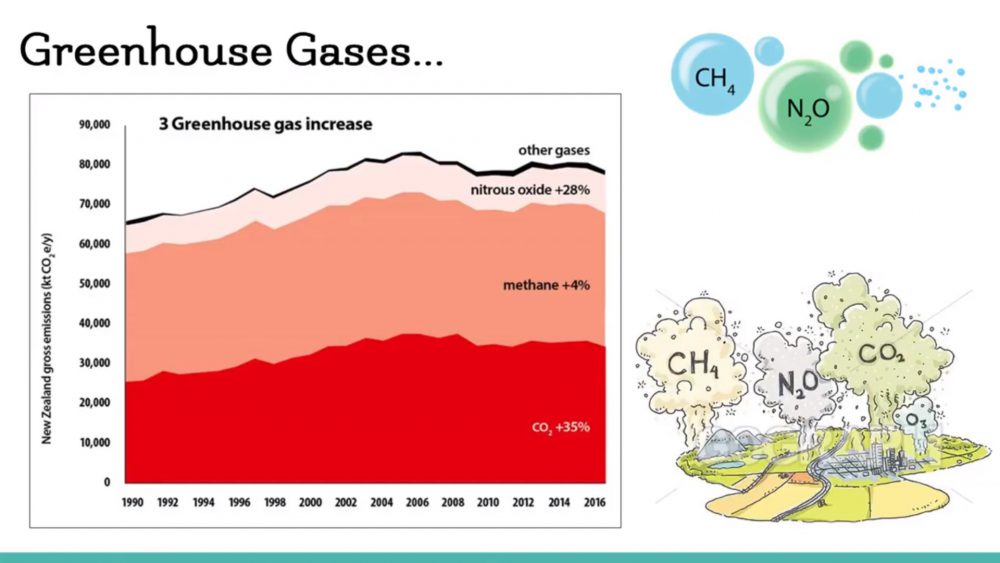Student vaping, and vaping, in general, is becoming an increasingly dangerous trend among young adults, and universities are now thinking of ways to limit or prevent it on campus.
In recent weeks, there have been significant developments in terms of laws in the United States, which aim to limit the use of electronic cigarettes and vaping devices. Legislative changes were inforced by US President Donald Trump, in response to the rising number of mysterious deaths among young adults, caused by vaping devices and liquids.
Electronic cigarettes and student vaping have become increasingly popular in the last five or six years, and the market for accessories and supplies has skyrocketed.
How is student vaping regulated in universities?
Considering the increasing danger vaping puts children in, many university campuses have decided to introduce vaping bans on campus. One example is the University of Virginia:
VAPING BAN: West Virginia University's Board of Governors has given initial approval to a ban on using electronic cigarettes on campus. https://t.co/E98rLXLrBj
— KDKA (@KDKA) December 15, 2018
Traditional cigarettes have been banned from the majority of higher education institutions in the United States. Now, universities are also looking into ways to limit and restrict student vaping, as it turns out, it can be even more dangerous than tobacco cigarettes.
Among the universities, which are updating their no-smoking policies are the University of Montana, and the University of Regina in Canada.
Why is vaping at a young age dangerous?
There is a popular misconception globally that e-cigarettes and vaping devices should be considered harmless compared to traditional tobacco ones.
However, this is not the case. The recent spike in death cases caused by vaping liquids is one of the concerns that come with e-cigarettes. Not only that, but these devices are incredibly flammable, with reported cases of explosions while in use, which is life-threatening because of the proximity with people’s faces.
Lastly, and probably the most concerning factor of all, vaping liquids can contain huge amounts of nicotine, which is highly addictive. Consequently, when young adults and even teenagers start using vaping devices, they can quickly become addicted to nicotine, and possibly turn to tobacco cigarettes at a later stage.
Student vaping should become a primary focus for universities, as young adults and university students are the age group which is under the most significant risk of developing addictions to e-cigarettes.







